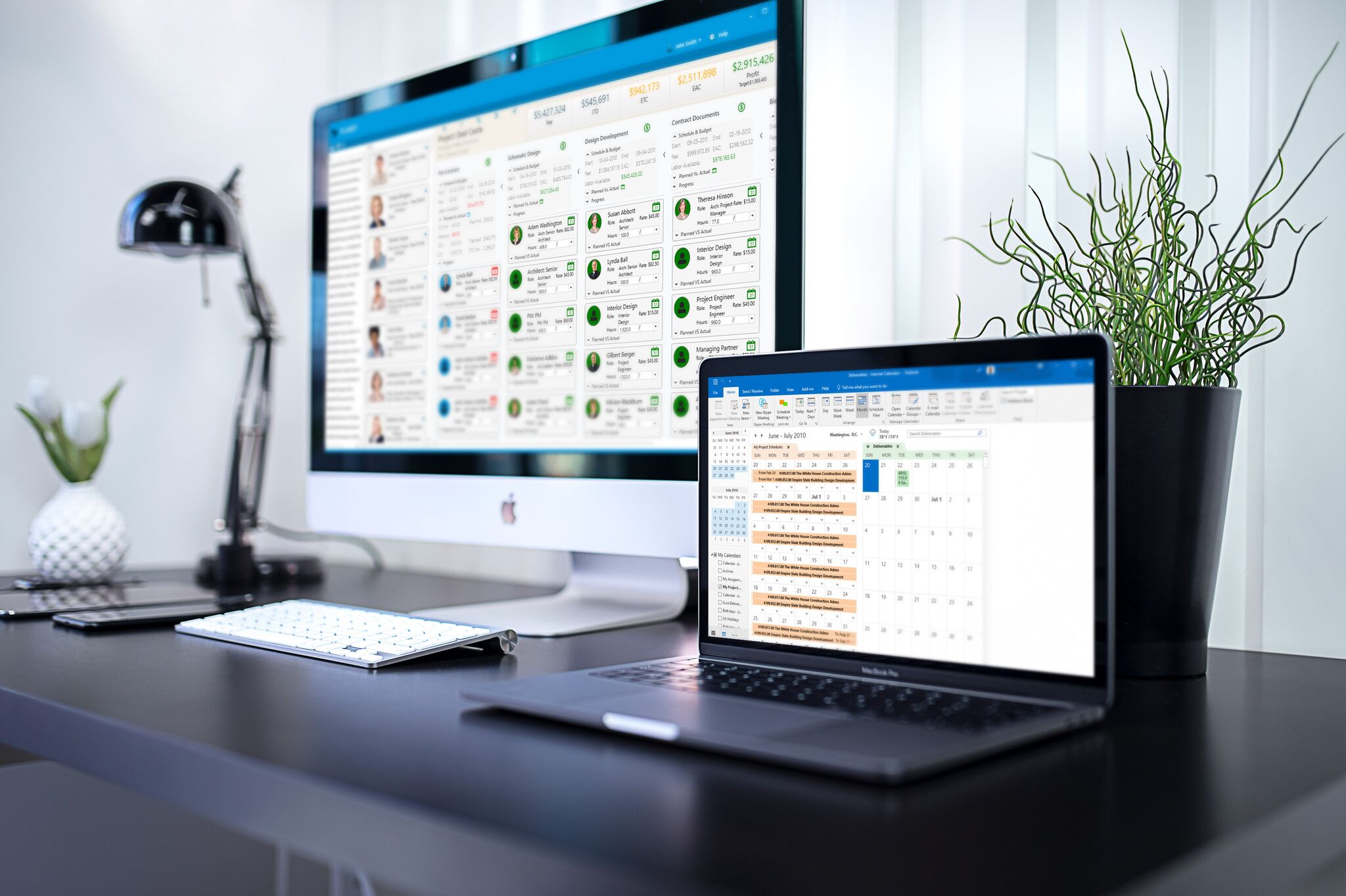There is a saying that if you ask 10 people to define project managment, you will receive 11 different answers. You see, defining project management is not as straightforward as one would think. This is especially true when it comes to A/E project planning. It isn't as simple as printing off a report once or twice every few months and checking how much fee is left on your jobs.
If that is your approach, you're eventually in for a big surprise. It would be like trying to drive down the interstate by watching your rear-view mirror. It might work for a bit, but sooner or later your project is going to go up in flames. To avoid these kinds of results, you have to look to the future, not to the past.
Successful project management is about being proactive. When you start with an effective project plan and keep key metrics up-to-date you can be better prepared for that fork in the road that will inevitably occur.
Let's face it, all A/E projects have so many variables out of our control that inevitably something will go wrong. But, with a strong plan in place, and the tools to manage and monitor the project, those disruptions can be minimized.
In fact, one of the things we realized through numerous conversations with hundreds of successful A/E firms who had mastered successful project planning and project management was that they all followed essentially the same three rules.
Rule #1: Have a Single Source of Truth
Be diligent about maintaining a single source of truth for your project and invest the time to keeping your project schedules up to date. With one place to go for project status information, you are better prepared to make changes and can discuss options on the fly without first having to gather a bunch of spreadsheets. If all the information is in one place, and is always kept up to date, it removes all ambiguity from the equation. Discussions focus on what steps to take, not whether the information is accurate or not. It provides actionable intelligence.
Note: If you’re looking for a good way to compare schedules and deliverables across your projects, check out Planifi Project Visualizer .
Rule #2: Keep Staffing Resources Current
Make sure you always stay up to date on staffing changes and availability of your key resources. Is your lead designer going to be out on vacation next month? Do you have a replacement? Maybe someone was out sick last week and we need a few extra hours to catch up. Typically, this is handled in a weekly staffing meeting, but having your finger on the pulse can ensure you have key resources for your projects and stay on schedule.
Rule #3: Proactively Track Performance
Last, and most importantly, make sure you have a means to proactively track performance on your projects. This is why it’s crucial to start with a project plan – you need something to measure against. Standardizing on metrics like Plan vs. Actual or Estimate at Complete will create more productive conversations around project performance and status.
While many people will have different interpretations of what project management is, the most important thing for you is to know what it means for your firm, and how to achieve project management success.

